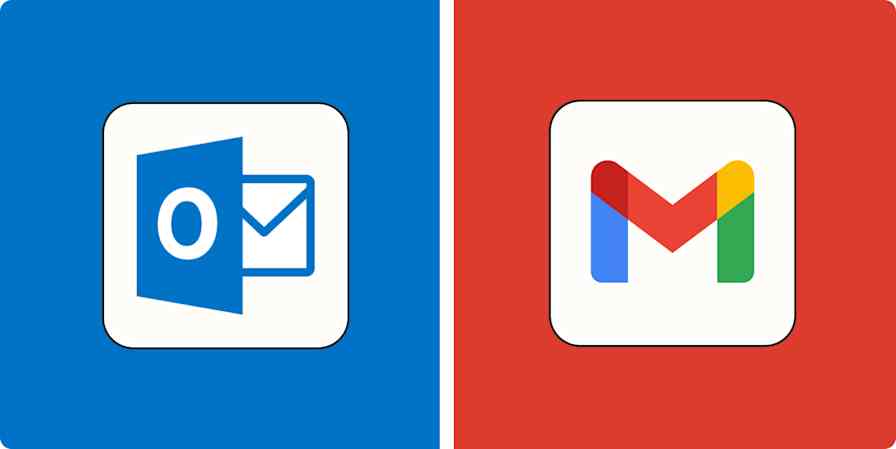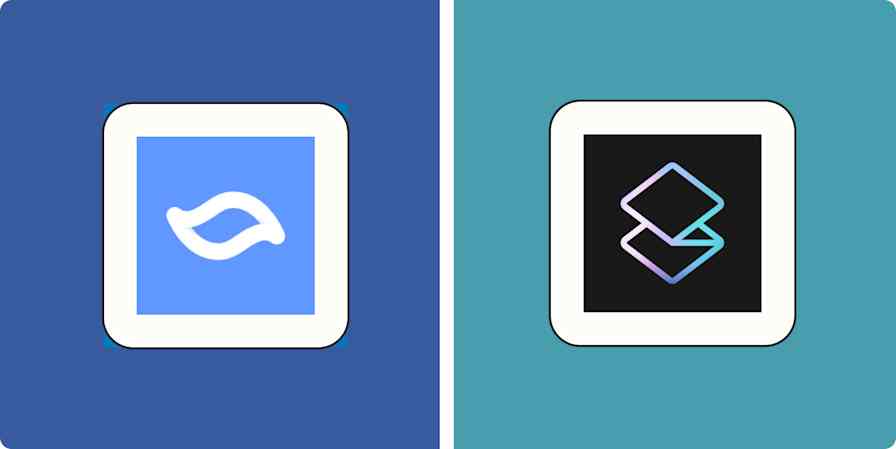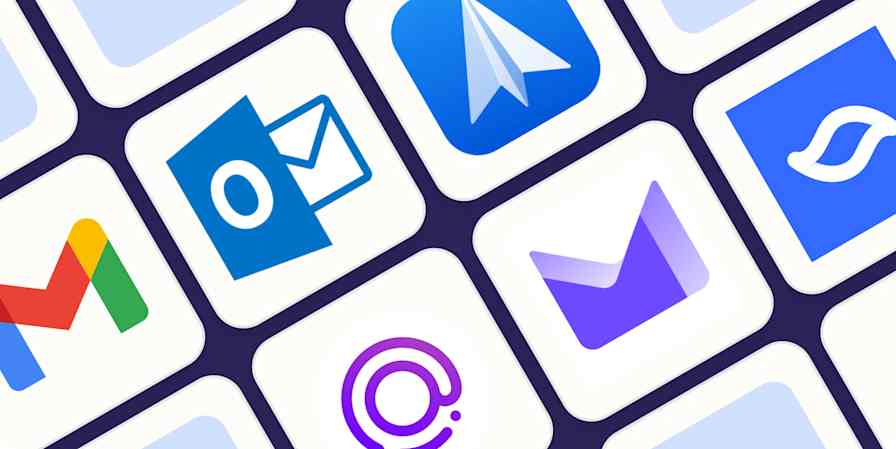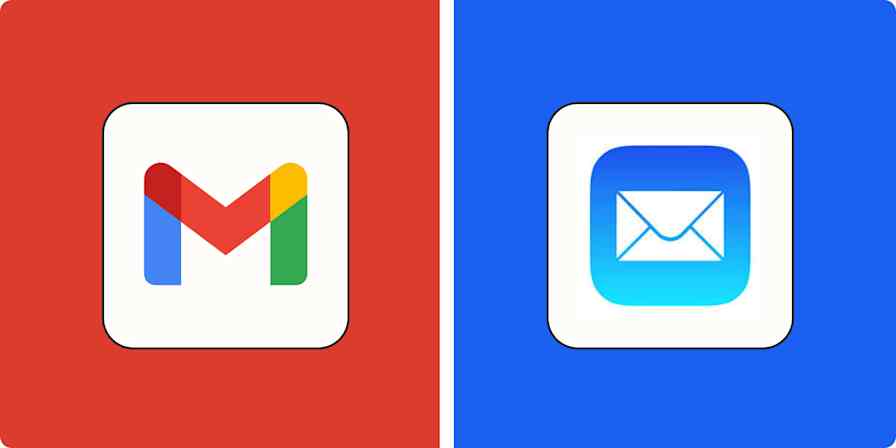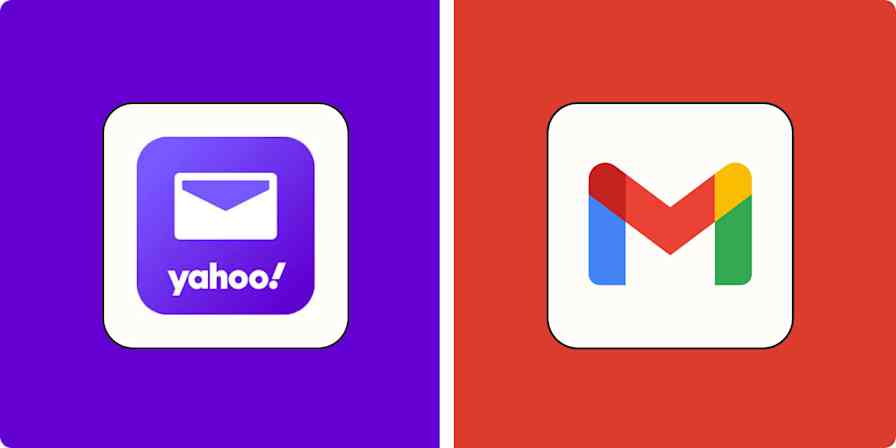App tips
7 min readWhy I use Superhuman email despite its price tag
10 Superhuman email features to manage your inbox more productively
By Elise Dopson · August 2, 2024
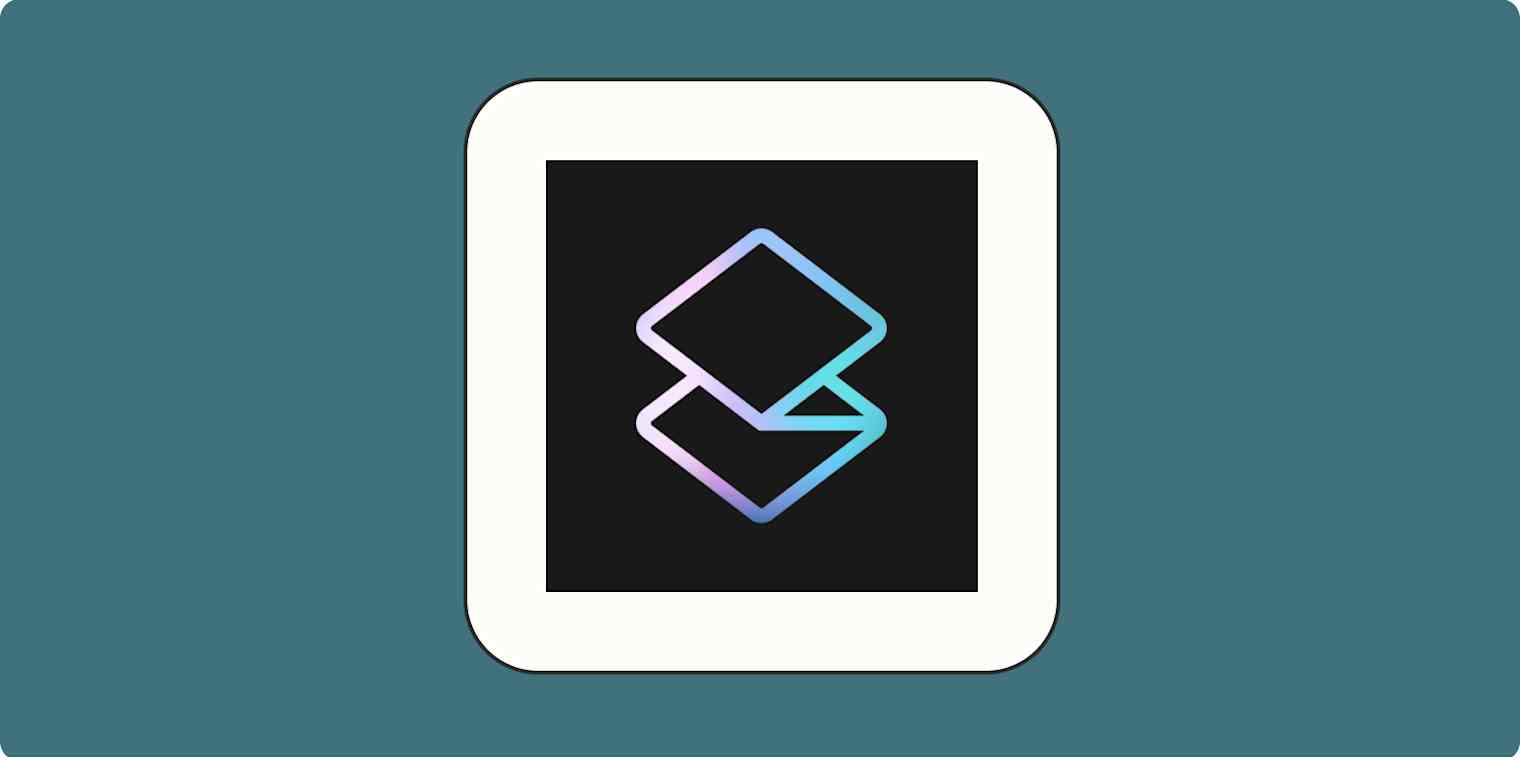
Get productivity tips delivered straight to your inbox
We’ll email you 1-3 times per week—and never share your information.
Related articles
Improve your productivity automatically. Use Zapier to get your apps working together.


